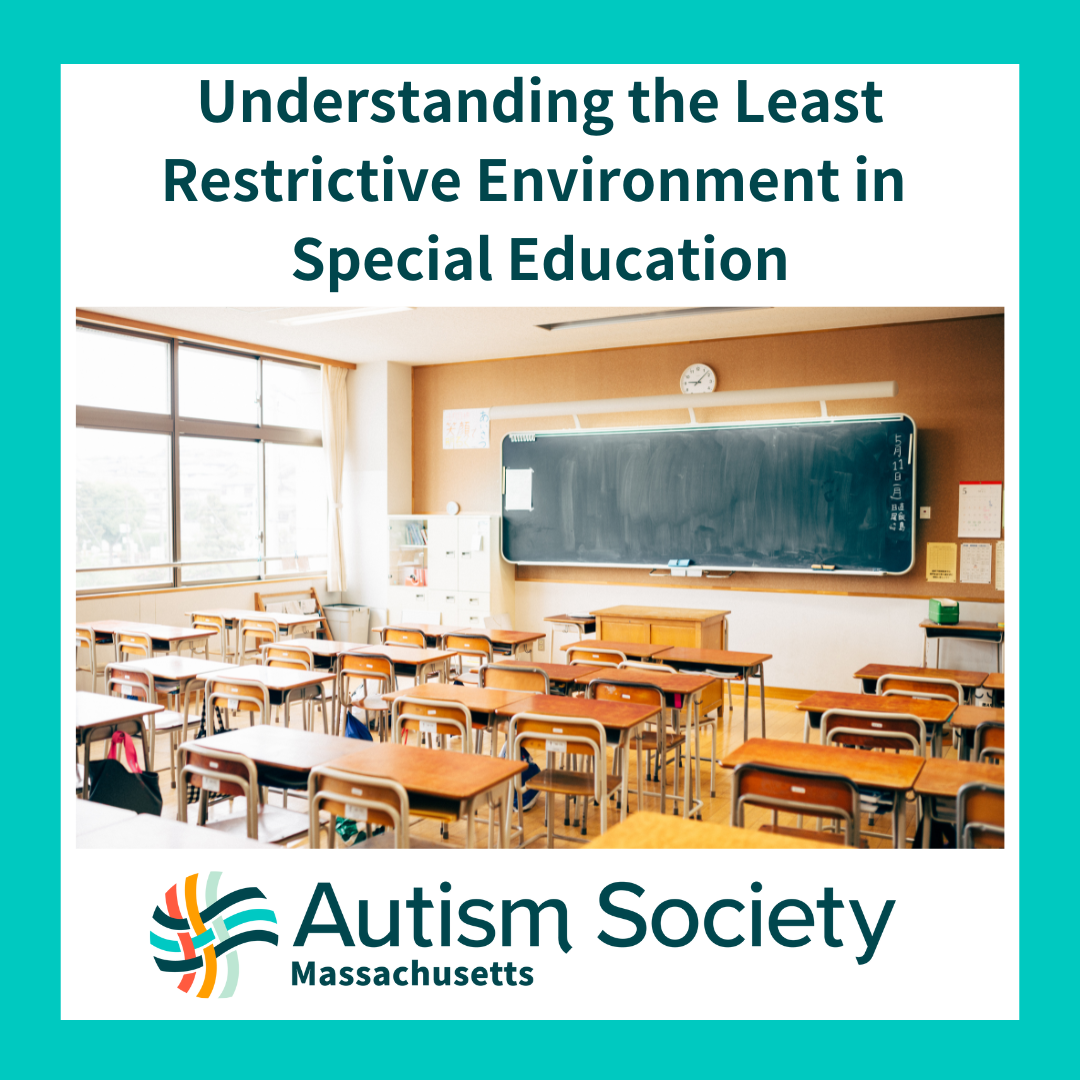Understanding the Least Restrictive Environment (LRE) in Special Education
If your child has an Individualized Education Program (IEP) or if you’re navigating the process of creating one, you’ve probably come across the term “Least Restrictive Environment” or LRE. This concept, which can initially feel abstract, is central to the Individuals with Disabilities Education Act (IDEA). Put simply, the LRE principle ensures that children with disabilities have the opportunity to be educated alongside their peers in the mainstream classrooms as much as is appropriate.
What is the Least Restrictive Environment (LRE)?
The LRE is built on the understanding that special education is a service, not a specific place. Its goal is to include children with disabilities in general education settings whenever possible, rather than segregating them into separate classes. The idea behind LRE is simple yet powerful: by offering students the least restrictive placement that meets their individual needs, they can access the same learning opportunities as their peers, developing academic skills and social connections in an inclusive environment.
IDEA outlines two main conditions for LRE:
Maximum Inclusion: Students with disabilities should be educated alongside students without disabilities to the fullest extent appropriate.
Removal Only When Necessary: A student should only be removed from the general classroom if their disability is such that they cannot achieve satisfactory educational progress even with supplementary aids and services.
Why is the LRE Important?
In a truly inclusive environment, students with disabilities gain a range of academic and social benefits, including:
Improved social and communication skills through regular interactions with peers,
Access to a richer, more comprehensive curriculum in general education,
Increased self-confidence and a sense of belonging.
For students without disabilities, inclusive classrooms also foster empathy, fairness, and a better understanding of diversity.
How is the LRE Determined?
The process of determining the appropriate LRE for a child begins in the general education classroom. The IEP team, including the parents, assesses whether a student can succeed in this environment with appropriate support services. These supports may include accommodations like modified materials, specialized instruction, and the involvement of specialized staff. If a student’s needs cannot be met in a general classroom even with these supports, a more restrictive setting may be considered, such as a resource room or a specialized classroom.
The key is that the placement is flexible. A student might attend some classes in the general education setting and others in a smaller, specialized setting depending on their unique goals and needs.
Questions Parents Should Ask About LRE
As a parent, your input is essential to the LRE decision-making process. Here are some questions that can help guide discussions with the school and ensure that your child’s placement is both supportive and inclusive:
What types of accommodations and services are available in the general education classroom?
Have any of these supports been tried, and what has been the result?
Are there additional supports or services that could be implemented to help my child succeed in the general education setting?
If my child is being pulled out of class for specialized services, could these services be provided within the general education classroom instead?
If my child is in a specialized classroom, could they participate in certain activities, like lunch, recess, or assemblies, with their peers in general education?
What supports are in place to help my child participate in field trips and extracurricular activities?
Final Thoughts on LRE
The goal of the LRE is not only to place students with disabilities in a particular classroom but to give them meaningful opportunities to engage in the school community. Each child’s needs are unique, and finding the right balance between support and inclusion is a process. As a parent, your advocacy, insights, and questions can help shape an educational path that’s inclusive, appropriate, and supportive of your child’s growth.


